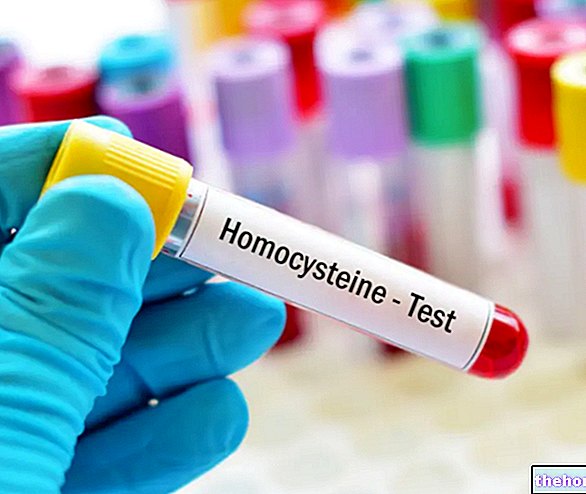Edited by Dr. Stefano Casali
Definition
Spectrum of diseases of different etiology, in which the unifying physiopathological factor is represented by an imbalance between the metabolic demand and the oxygen supply to the myocardium.
This imbalance causes an "alteration of" the electrical activity and contractile capacity of the affected areas.
Peculiar elements:
- The ischemic character of the lesion
- The segmentarity of the alterations
- The clinical expressiveness of myocardial damage
Clinical manifestations
- Primary cardiac arrest: it rapidly evolves towards sudden death, in the absence of resuscitation maneuvers or when resuscitation is ineffective.
- Angina pectoris: it is linked to a transient imbalance between demand and metabolic supply to the myocardium. Ischemia is reversible and does not cause permanent anatomical damage. In the not infrequent case in which myocardial ischemia is not associated with symptoms, we speak of silent ischemia.
- Myocardial infarction: it follows a protracted myocardial ischemia, which leads to irreversible cell damage or myocardial necrosis.
- Heart failure: it can manifest itself as a complication of an acute or previous heart attack, or it can be precipitated by episodes of transient myocardial ischemia or arrhythmias. In cases without clinical and / or electrocardiographic signs of ischemic heart disease, the diagnosis is always presumptive.
- Arrhythmias: they can be the only sign of ischemic heart disease. In this case, the diagnosis is only presumptive, unless a certain myocardial ischemia is shown with instrumental tests or a coronary arteriography does not show obstructive coronary artery disease.
Epidemiology
- In Italy, cardiovascular diseases are the cause of 45-50% of global mortality.
- Ischemic heart disease alone is in turn responsible for 35% of deaths due to cardiovascular disease.
- Annual mortality for typical forms of ischemic heart disease (angina, heart attack and sudden death) is estimated to be between 70,000 and 80,000 cases.
- In Italy, therefore, live about one million people suffering from ischemic heart disease in its most typical forms.
Causes
Coronary atherosclerosis is by far the most frequent cause of ischemic heart disease and, from a practical point of view, it can be considered the sole cause.
Numerous epidemiological studies, conducted over the last twenty-five years, have made it possible to identify some individual variables that are associated with a greater risk of disease; these variables have been termed coronary risk factors.
Coronary risk factors:
Non-modifiable risk factors:
- Age.
- Sex.
- Genetic factors and familiarity for C.I.
- Personal history of cardiovascular diseases.
Partially modifiable risk factors:
- Hypertension.
- Diabetes mellitus.
- Hypercholesterolemia.
- Low HDL cholesterol.
- Obesity.
Modifiable risk factors:
- Smoke.
- Alcohol abuse.
Myocardial metabolism
In basal conditions the heart consumes about 6.5-10 ml / min of oxygen per 100 g of tissue. This expenditure serves:
- 3-5% for the electricity business.
- 20% for maintaining cellular integrity.
- 72-75% for contractile activity.
At the myocardial level, due to the high O2 extraction (about 70%), the only compensation mechanism in case of increased oxygen demand is represented by a proportional increase in coronary flow, determined by a vasodilation of the coronary arteriolar district ( resistance vessels).
The maximum capacity for vasodilation secondary to a metabolic stimulus is called Coronary Reserve.
Factors that regulate the coronary circulation
- Anatomical: (origin of the sinuses of Valsalva, wall thickness of the left ventricle, presence of collateral circulation).
- Mechanics: (systemic flow, vascular resistance, systolic compression, myogenic reflex, blood viscosity).
- Neurogens: (Alpha receptors, Beta2 receptors, vagal action).
- Metabolic: (pO2, pH, K +, adenosine, prostaglandins).
Other articles on "Ischemic Heart Disease in Brief"
- Ischemic heart disease
- Ischemic heart disease: pathophysiology
- Ischemic heart disease - Drugs for the treatment of ischemic heart disease
- Heart disease and metabolic disorders




























